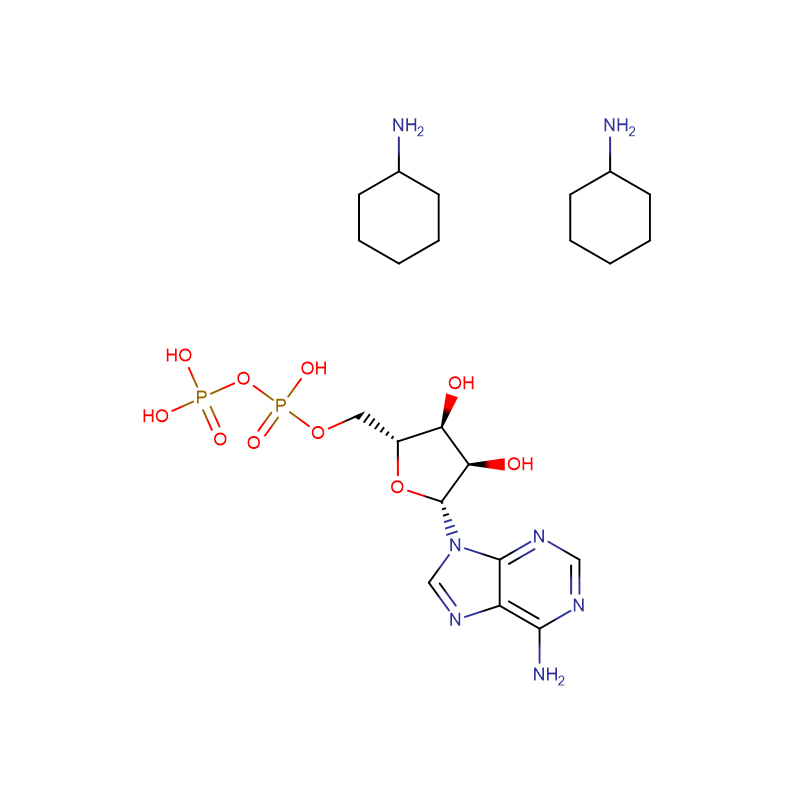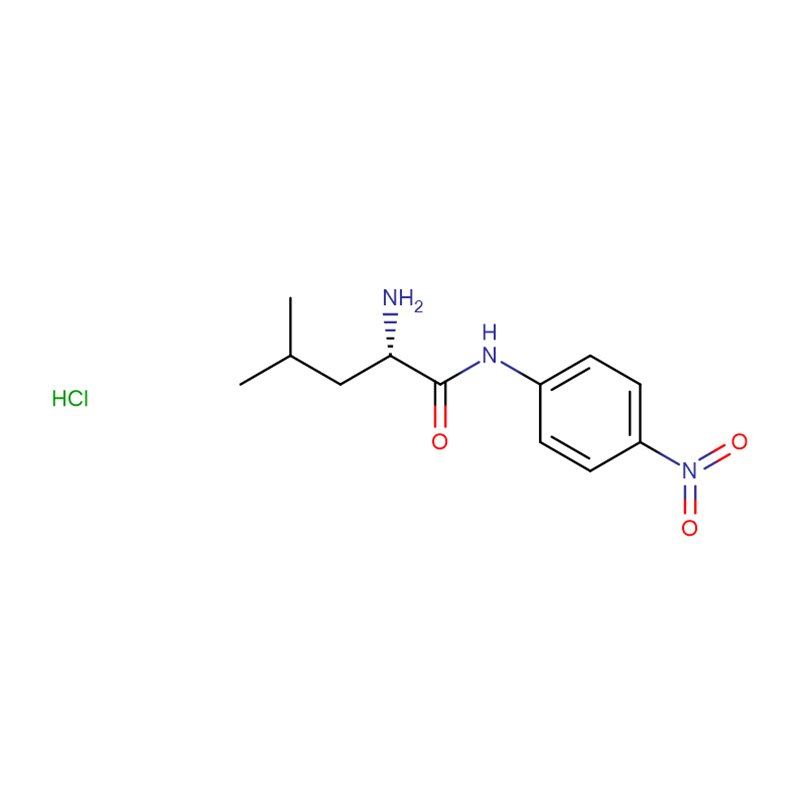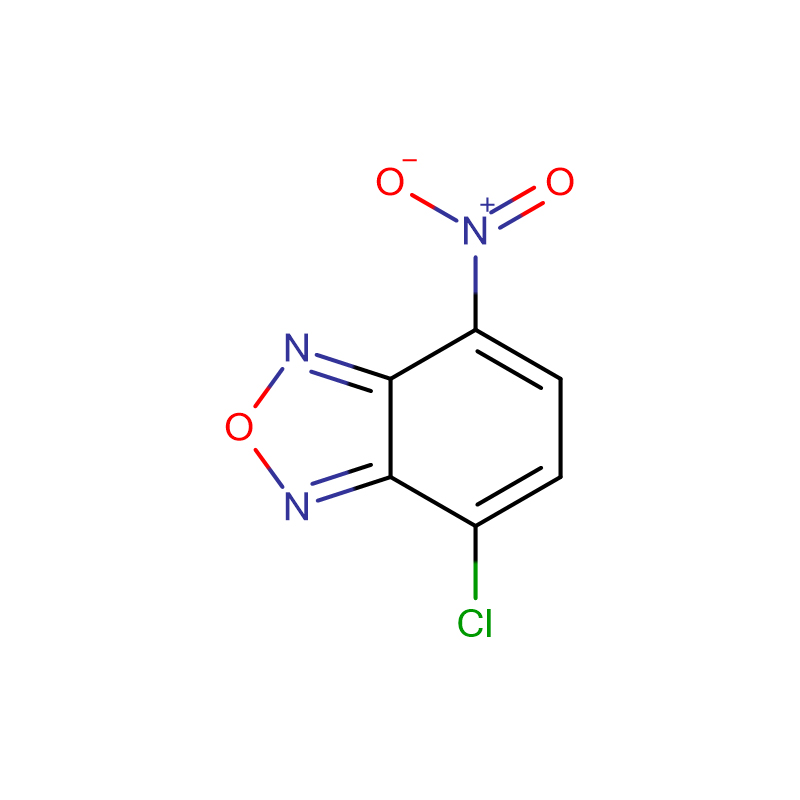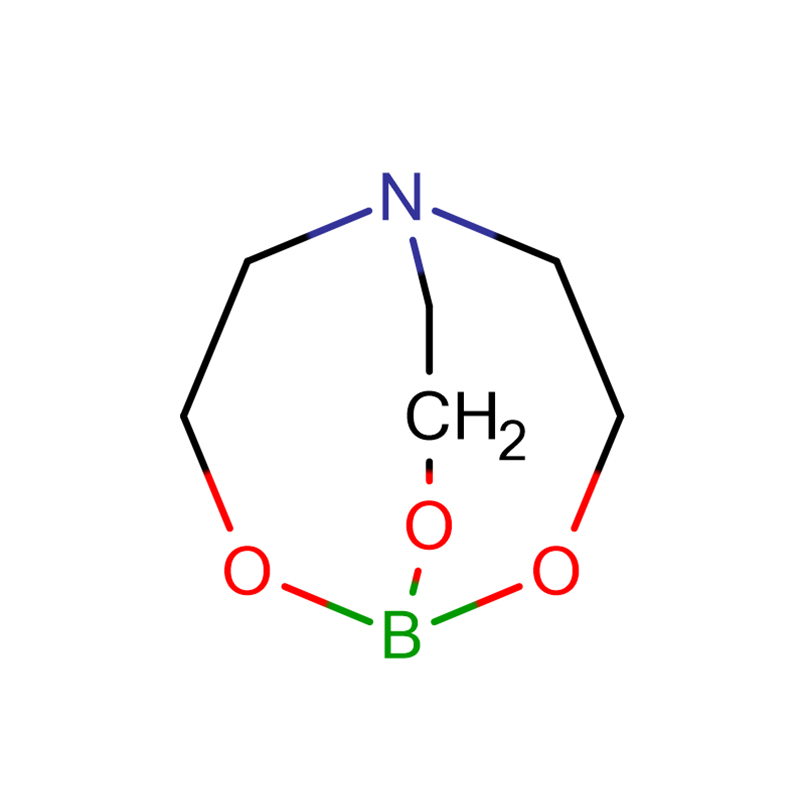NSP-SA-NHS CAS:199293-83-9 Yellow crystaline powder
| Catalog Number | XD90129 |
| Product Name | NSP-SA-NHS |
| CAS | 199293-83-9 |
| Molecular Formula | C32H31N3O10S2 |
| Molecular Weight | 681.733 |
| Storage Details | 2 to 8 °C |
Product Specification
| Appearance | Yellow crystaline powder |
| Assay | 99% |
Acridine ester (NSP-SA-NHS) Cas199293-83-9 and its related compounds are very advantageous chemiluminescent labels whose stability, activity and sensitivity surpass some radioisotopes. Acridine esters can react with proteins containing primary amino groups. Under basic conditions, NHS is substituted as a leaving group, and the protein forms a stable amide bond with the acridine ester. After the reaction was completed, the excess acridinium salt was removed through a desalting column.
Acridine-labeled proteins do not require enzymatic catalysis to emit light in the presence of alkaline hydrogen peroxide. The specific light-emitting principle is that in an alkaline hydrogen peroxide solution, acridine ester is attacked by hydrogen peroxide ions to generate an unstable dioxyethane with tension, which is further decomposed into CO2 and electronically excited acridone. When the acridone returns to the ground state, it emits photons with a maximum absorption wavelength of 430 nm. This luminescence process is very short (the whole process takes less than 2 seconds), and the triggering scheme must add an internal photometer and photon detector; in addition, this product can also use a multi-function microplate reader equipped with an autosampler for luminescence data collection . Proteins, peptides, antibodies, and nucleic acids can all be labeled with this product. Acridine esters emit light rapidly under the excitation of alkaline hydrogen peroxide, so the labeled compounds can be detected by collecting photons.
This product is mainly used for: chemiluminescence and immunoassay, receptor analysis, nucleic acid and peptide detection and other research.


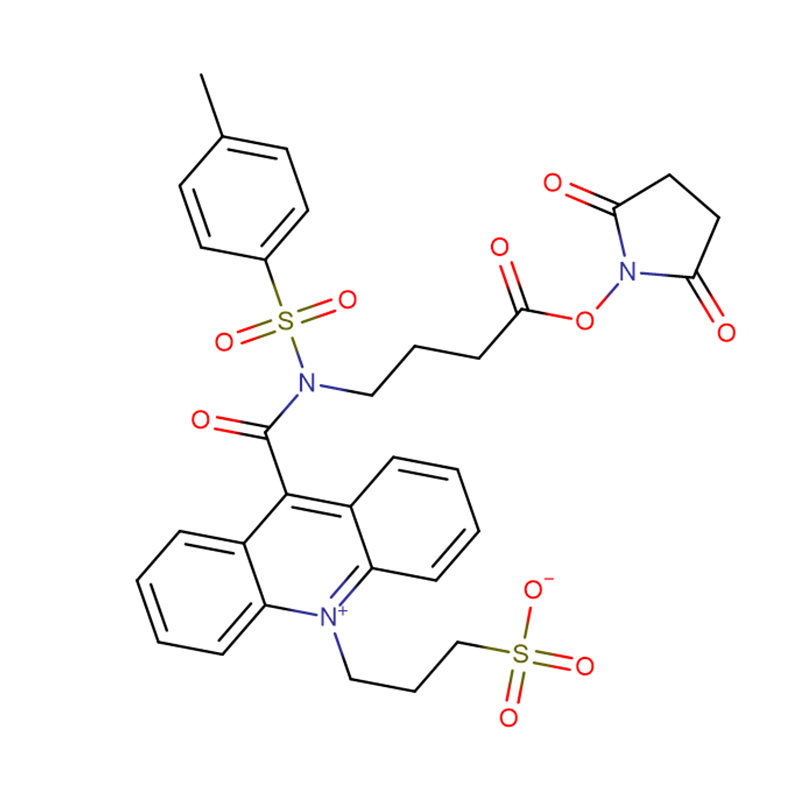
![N-[3-(2-Furyl)acryloyl]-Phe-Gly-Gly Cas:64967-39-1 99% White to off-white powder](https://cdn.globalso.com/xdbiochems/64967-39-11.jpg)
